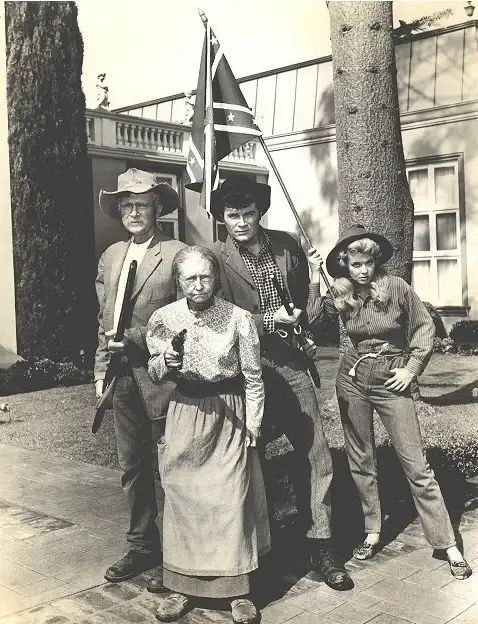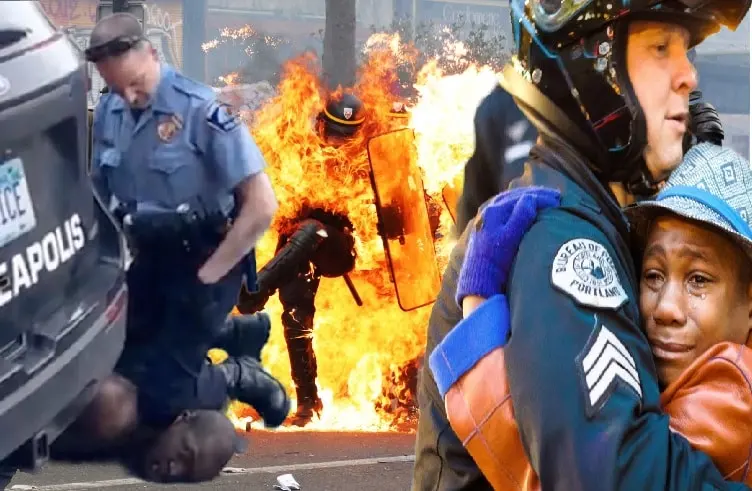Author: Chris Calton
The views of the Authors are not necessarily the views of Enigmose.
As a thought experiment, try to imagine what people would do if there were no public police forces (as was the case in most places for much of the nineteenth century). I know some people will immediately imagine widespread looting and criminality—not unlike what we’re seeing currently despite the proliferation of police forces—but the thought experiment calls for some introspection on how one may protect against these behaviors in the absence of a police force.
For conservatives and libertarians, at least, the first thing that probably comes to mind is armed self-defense. Without the police to turn to, we would want to arm ourselves to prevent violence and theft. Not only do firearms provide some means of stopping criminals, as stories of thwarted home invasions amply illustrate, but gun ownership produces a well-documented deterring effect on crime to begin with (many studies do contest this effect, but with painfully disingenuous data analysis, such as comparing state laws with state crime rates, as if low-gun/high-crime Chicago didn’t drastically alter the Illinois data). The deterring effect is difficult to quantify, since its success is measured by crimes not committed, and therefore omitted from virtually every scholarly study of the relationship between gun ownership and crime. However, there are ways to substantiate the deterrence theory; for example, one study found that only 13 percent of burglaries in the United States take place in occupied homes, while in countries with strict gun control and low rates of gun ownership, such as the Netherlands, Britain, and Canada, more than 40 percent of home burglaries take place when the owners are home.1 Beyond guns, people might invest in home security equipment to frighten intruders away and alert homeowners of a potential invasion.
People might also form neighborhood watches and other voluntary anticrime organizations. In the so-called Wild West, public law enforcement was practically nonexistent, but people carried cheaply manufactured revolvers (a new type of handgun that drastically improved upon early pistols) and created crime prevention groups such as the Anti-Horse Thief Association and the Rocky Mountain Detective Association. The result was that, contrary to popular imagination, the western territories were remarkably nonviolent prior to state intervention (white settlers even negotiated passage through Native American land peacefully until the United States military violently subjugated the western tribes).2
Some people may even hire private security services. Celebrities, of course, commonly employ private bodyguards—despite their vociferous opposition to private gun ownership—though most people have neither the need nor the resources for such services. However, in a market economy with a given consumer demand, we can expect to see improvement in both price and quality, with entrepreneurial innovation widening access to good and services.
That, in fact, is exactly what we already see in organizations such as Detroit's Threat Management Center (TMC), which provides affordable security services in light of the city’s abysmal police failures, as well as self-defense classes, and the company even makes a point of providing security for people who are unable to pay for it, as exemplified by their Victory Program, which focuses on protecting victims of domestic abuse and others facing threats of violence. Ironically, economists justify the need for public police forces through the “free rider problem”—the idea that people who don’t pay for the service will benefit from it, rendering such goods and services either under- or unprovided—but TMC actually uses this effect as a selling point, showing how their services help those who pay them nothing. Trained to deescalate potentially violent situations, this community-oriented security company has been in business since 1994, showing a drastic reduction in violent crime in areas where they have a presence, especially low-income inner-city neighborhoods. It is noteworthy, given the current urban tumult, that nobody is protesting or rioting in response to TMC interactions with civilians.
What should be painfully obvious about all these ideas is that they aren’t hypothetical. They are methods of stopping and deterring violent crime that already exist in our country and have actually become more common even as police forces have grown in numbers and resources. Why do people feel the need to resort to these methods of combatting crime in such a heavily policed country?
The most immediate answer that many people will give is that this shows the failure of the police, but I think that this overlooks a much more important issue. I do not believe that the police are failing. We think of the police as “security” forces—we are all familiar with their maxim “To Serve and Protect”—but as I’ve detailed elsewhere, the police are not security forces. They are law enforcement organizations, and this distinction is important. The Supreme Court has ruled in multiple cases that the police have no duty to protect you. ... Full Story @ Mises Institute
The Toxic Narrative About Police Is Wrong
Awful as they are, episodes like George Floyd’s death are outliers; extensive data on cops’ use of force reveal professionalism and restraint
Many protest supporters have expressed frustration with the attention being given to a relative handful of agitators driving the violence and looting—behavior, they say, that distorts the image of what is largely a peaceful movement. Their frustration is understandable but also ironic: the narrative that has driven thousands into the streets is itself a distortion. Just as the violence that has alarmed the American public does not represent the peaceful protesters exercising their right to air their grievances, the police violence depicted in viral videos does not characterize the institution of law enforcement Read More

